|
Week 12: 1970s/1980s
Welcome to HST 202 Week Twelve! This is the twelfth learning module looking at the 1970s and 1980s in the United States.
HIGHLIGHTS
READING
Carnes, Chapter 30: Running on Empty: 1975-1991 “The American Übermensch: History of Superheroes” by Ryan Lancaster My classes utilize both Howard Zinn's Patriot's History of the United States and Larry Schweikart's Patriot's History of the United States, mostly in excerpts posted to the modules. You can access the full text of People's History or Patriot's History by clicking on the links.
ASSIGNMENTS
Forum Discussion #13
After the fall of Phnom Penh to the Khmer Rouge regime in 1975, few Cambodians were able to escape but it was not until after the regime was overthrown in 1979 did large waves of Cambodians begin immigrating to the US as refugees. Between 1975 and 1994, nearly 158,000 Cambodians were admitted. About 149,000 of them entered the country as refugees, and 6,000 entered as immigrants and 2,500 as humanitarian and public interest parolees. To encourage rapid cultural assimilation and to spread the economic impact, the US government dispersed the refugees into various cities and states throughout the country. Watch this anecdotal story of one such family and answer the following:
US history is riddled with xenophobia toward immigrants. Why is that? What were the reasons that Cambodians “chose” America? Need help? Remember the Discussion Board Rubric.
0 Comments
Leave a Reply. |
AuthorRyan Lancaster wears many hats. Dive into his website to learn about history, sports, and more! Archives
July 2024
Categories |

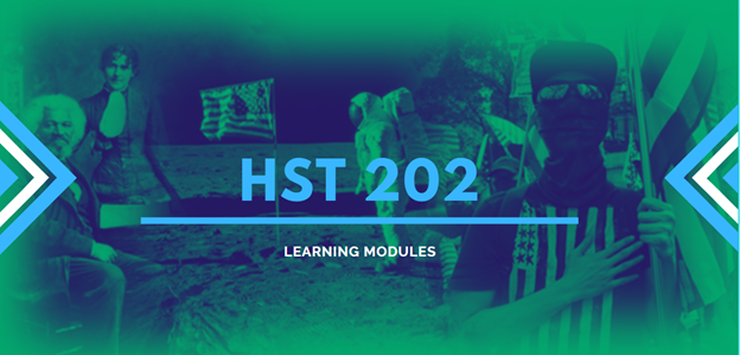
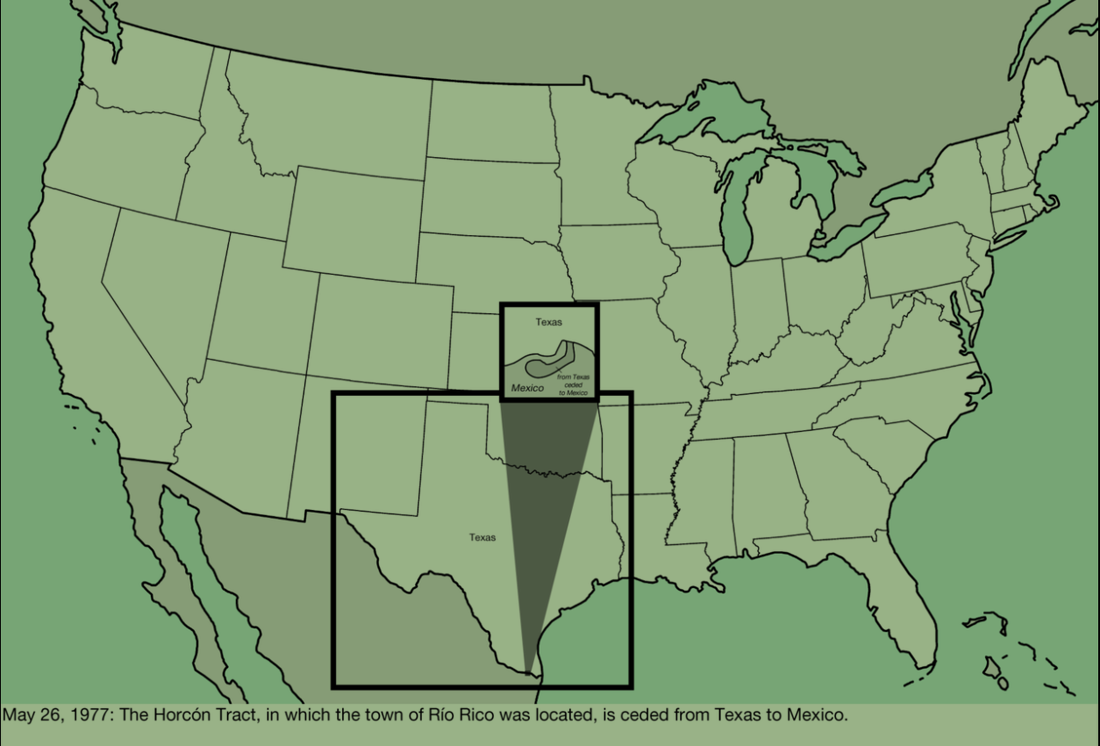
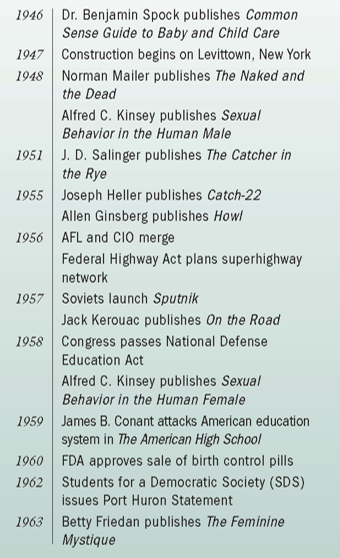
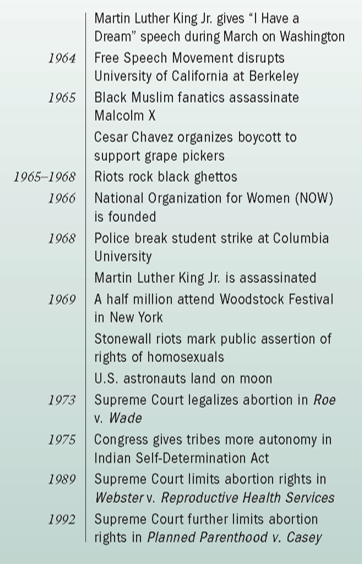
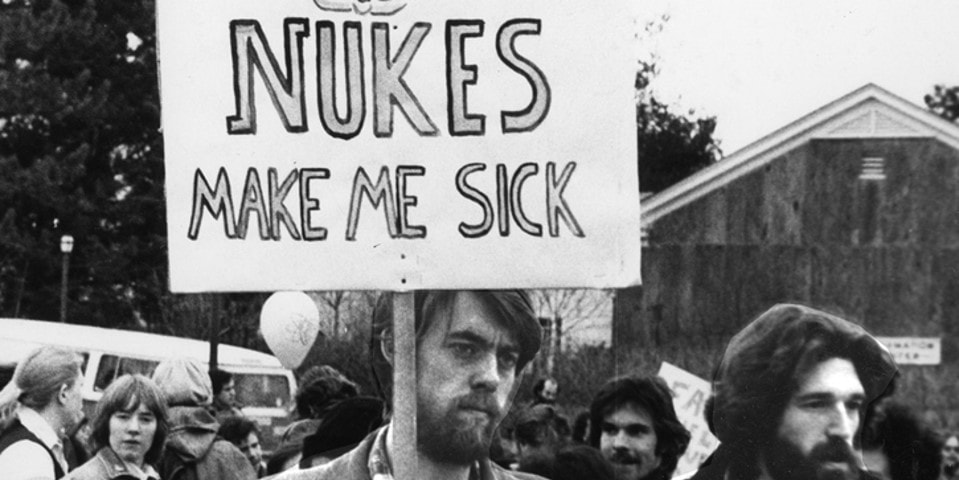
 RSS Feed
RSS Feed